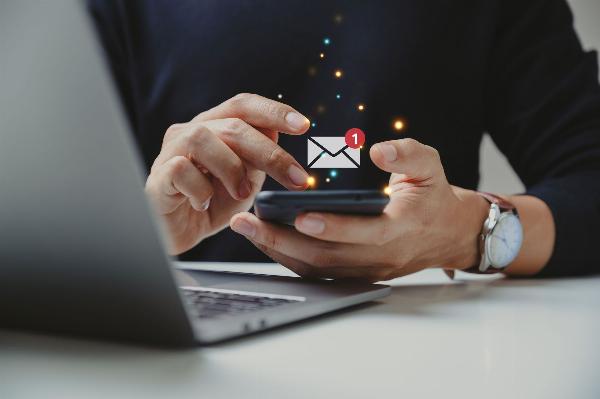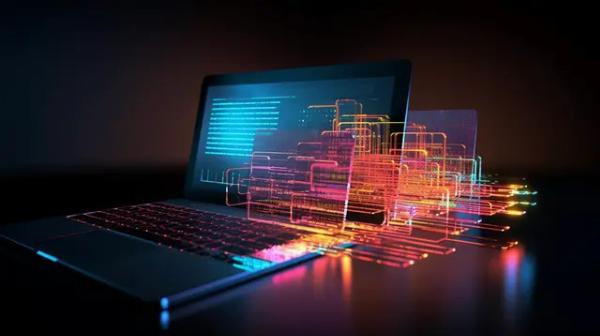 Social Media Content Packs – Stay Active Without Lifting a Finger!
Social Media Content Packs – Stay Active Without Lifting a Finger!
What Are the Most Essential Aspects of a Scalable Logo Design?
Written by Akash1 » Updated on: June 17th, 2025 149 views

A logo is more than just a visual representation of a brand—it’s a powerful symbol that communicates the essence of your business. A well-designed logo creates a lasting impression and resonates with your target audience. But for a logo to be truly effective, it must also be scalable. Whether it's displayed on a small business card or a large billboard, the logo should maintain its clarity and impact. In this article, we’ll explore the most essential aspects of a scalable logo design and how you can ensure your logo is ready for growth.
If you’re seeking a professional logo design service in India, it’s crucial to consider scalability as a key factor. Scalability allows your logo to adapt to various formats, devices, and platforms without losing quality or recognition.
1. Simplicity
The foundation of a scalable logo design is simplicity. A simple logo is easier to remember, and it’s also easier to scale up or down without losing its identity. Overly complex logos with intricate details may look great at a larger size, but when reduced to a smaller format, these details can become blurred or indistinct.
A minimalist design often works best when scalability is a concern. This doesn’t mean the logo has to be plain, but each element should serve a purpose and contribute to the overall message of the brand. Simplicity ensures that your logo remains visually appealing, even in smaller formats, and retains its impact when enlarged.
2. Versatile Shape and Proportions
A scalable logo design should work across a variety of mediums and dimensions. Choosing the right shape and proportions is crucial. Logos that are too wide or tall can appear awkward when resized to fit different spaces.
Aim for a logo with balanced proportions—something that works well as a square or rectangular icon. Additionally, circular or symmetric logos often perform well in scaling because they maintain their structure regardless of size. Make sure the logo’s proportions adapt effortlessly across digital and print formats, from website headers to mobile app icons.
3. Clear Typography
If your logo contains text, such as the name of your business, the typography should remain clear and legible at all sizes. Fancy or ornate fonts might look appealing at larger scales, but they can become unreadable when reduced.
Choosing a font that’s both stylish and functional is critical. Sans-serif fonts tend to work well for scalable logos due to their clean lines and simplicity. Ensure there’s enough spacing between letters (known as kerning) so that the text doesn’t become cramped or muddled in smaller formats.
It’s also important to test the legibility of your logo in various sizes before finalizing the design. Check how it looks when blown up for a large banner or reduced to a favicon for a website.
4. Strong Color Choices
Color plays a vital role in logo design, but when considering scalability, it’s essential to select colors that are versatile and impactful in different sizes. Some colors may appear washed out or indistinct when viewed in a smaller format.
A scalable logo design should incorporate a color palette that works well in both large and small scales. Avoid using too many colors, as this can make the logo look chaotic when resized. Stick to a maximum of two or three colors, and consider how they will look in grayscale or black and white. This ensures your logo remains effective in situations where full color isn’t possible, such as print or merchandise.
5. Vector-Based Design
One of the most crucial technical aspects of creating a scalable logo is using a vector-based format. Unlike raster images (such as JPGs or PNGs), vector files are created using mathematical equations, allowing them to be resized infinitely without losing quality. This makes vector formats ideal for logo design.
When you create a logo using vector design software, such as Adobe Illustrator or CorelDRAW, it can be scaled up for a billboard or reduced for a business card without any pixelation or distortion. Always request a vector file of your logo from your designer, as this will provide you with the flexibility to use your logo in any size or medium.
6. Memorability
A scalable logo needs to be memorable, regardless of size. A logo that people easily recognize, even in a small icon format, will reinforce your brand’s presence.
To achieve memorability, focus on unique, bold elements that represent your brand’s identity. Avoid trends that might become outdated quickly. Instead, aim for timeless design choices that will stand the test of time. The more memorable the logo, the easier it will be for customers to recall your brand, even when they see it at a smaller size.
7. Testing and Feedback
Before finalizing your logo, it’s essential to test it in different sizes and contexts. Place your logo on various materials like business cards, letterheads, websites, and merchandise to see how it performs. A scalable logo should maintain its effectiveness and appeal regardless of where it’s displayed.
Get feedback from colleagues, designers, or even your target audience. Testing helps you understand how well the logo communicates your brand’s message in different formats and whether any adjustments are needed for optimal scalability.
About Us
With over 15 years of expertise in digital marketing, SpaceEdge Technology is your trusted partner for enhancing online visibility and driving business growth. Our comprehensive services cover everything from SEO and social media management to PPC advertising and highly targeted bulk email and SMS campaigns. We specialize in WhatsApp marketing, cutting-edge web design, custom logo development, and reliable web hosting solutions. Additionally, we provide advanced communication tools such as long and short code SMS, voice call services, virtual numbers, toll-free numbers, and missed call solutions. Utilizing data-driven strategies, we boost engagement and maximize ROI, empowering your business to thrive in today’s competitive digital landscape.
Note: IndiBlogHub features both user-submitted and editorial content. We do not verify third-party contributions. Read our Disclaimer and Privacy Policyfor details.
Copyright © 2019-2025 IndiBlogHub.com. All rights reserved. Hosted on DigitalOcean for fast, reliable performance.

















